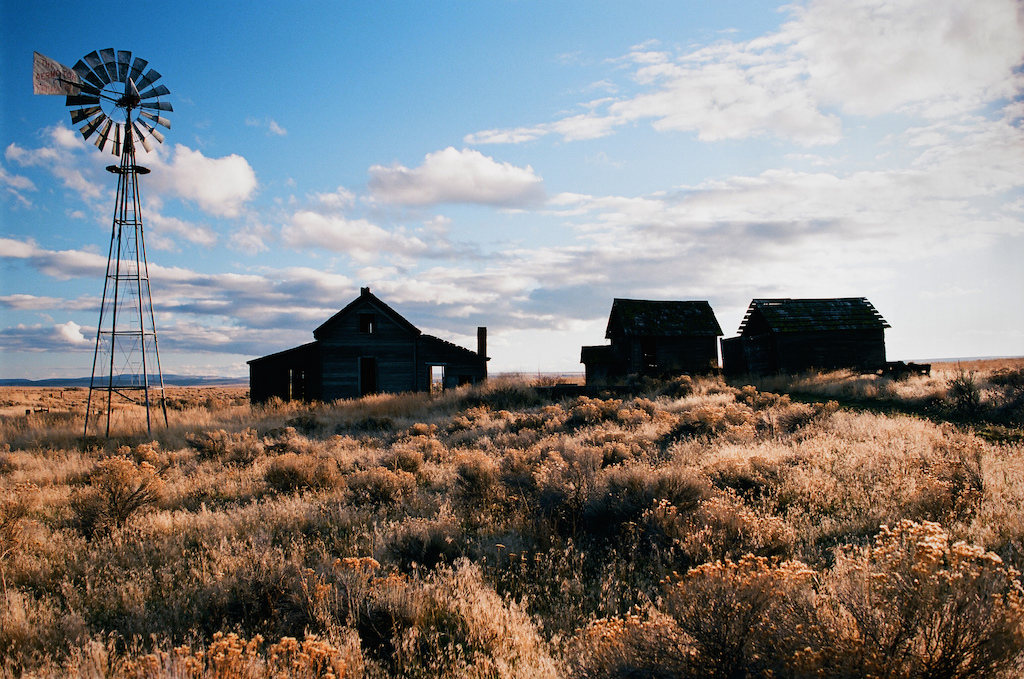In mid-May the federal government began a multi-stage release of the long-awaited results of the 2016 Agriculture Census. Frustratingly, the last of the data releases will happen in late 2018. Still, while lots of the detail of this census has yet to be revealed, there is enough information to see if anything much has changed in the big picture.
The last major census was in 2011, and since then most of us have had to guess at exactly what has been happening to farms in Canada. This new release of ag info only serves to confirm that the loss of family farmers continues.
Since 2011, Canada has lost another six per cent of its farms and close to eight per cent of farm operators. The 2016 Agricultural Census also shows that there is a three per cent increase in the number of farmers under the age of 35, with the majority being between 25 and 29. This is the first time there has been an increase in this age category since 1991, attesting to the rise of young agrarians. More than half of these farmers are renting land. Since the price of land and buildings has increased by 39 per cent since 2011, access to land is a huge issue.
When you look at the overall picture — and what has been happening to family farms in Canada over the last 45 years — the trend is disheartening.
In 1971 there were 366,110 agricultural operations in Canada. In 2016 that number had dropped by more than 47 per cent to 193,492. During that same period, farm size had increased by 44 per cent.
With more than 50 per cent of farmers now over the age of 55, we can expect the loss of more farmers in the future unless fundamental changes are made to agricultural policy. Essentially, in order to ensure food security in Canada, policies need to encourage a new generation of farmers. That would include policies that ensure retiring farmers have adequate pensions so that they can transfer land to the next generation without having to sell their land to the highest bidder just to survive retirement.
Innovative policies, such as support for land trusts, cooperatives, and other forms of land tenure, should be adopted. And, importantly, young farmers starting out need access to credit at reasonable rates so that they can operate. There are a number of creative models that we can apply. Taking a look at some of the alternatives initiated by the Quebec government would be a good start. But there are also others. Many are outlined here.
As well, policy-makers need to recognize the reality of farm incomes in this country. Farmers have long known they are asset-rich and cash-poor, but to encourage family farmers, net incomes need to increase. In urban areas it is called a living wage. This chart and blog entry, prepared by researcher and blogger Darrin Qualman and called “Agribusiness takes all: 90 years of Canadian net farm income,” tells the tale.
Despite the results of the latest agricultural census, I am happy to see that some information is finally being released. Without gathering these types of statistics over the long term, there would be no way of knowing exactly what is going on regarding food security in Canada.
Armed with the facts we are in a good position to take action. What’s required alongside those statistics is creativity and political will.
Lois Ross is a communications specialist, writer, and editor, living in Ottawa. Her column “At the farm gate” discusses issues that are key to food production here in Canada as well as internationally.
Photo: Jim Fischer/flickr





